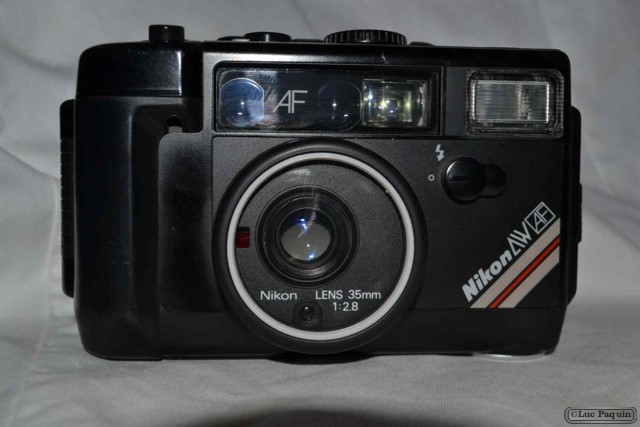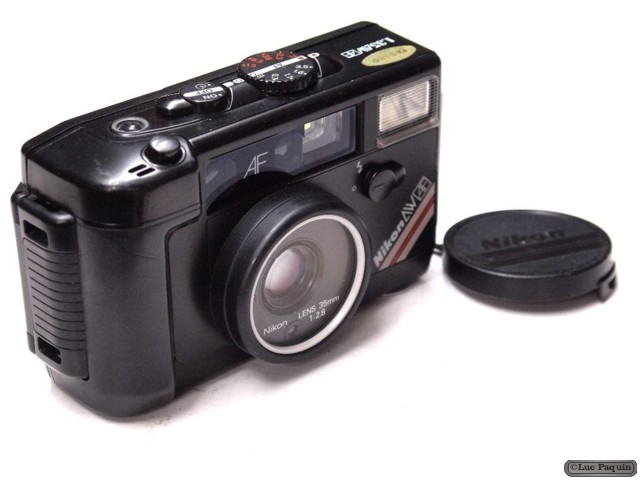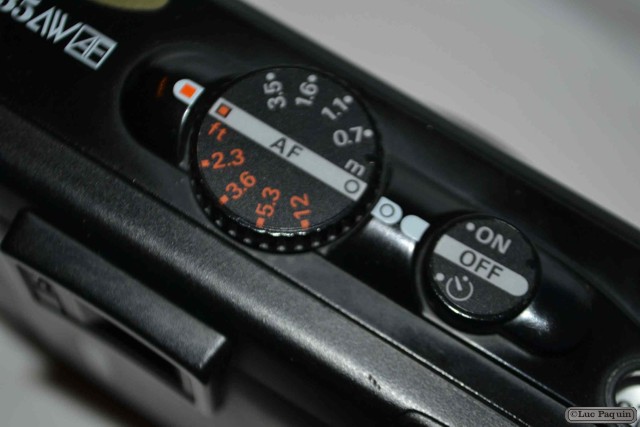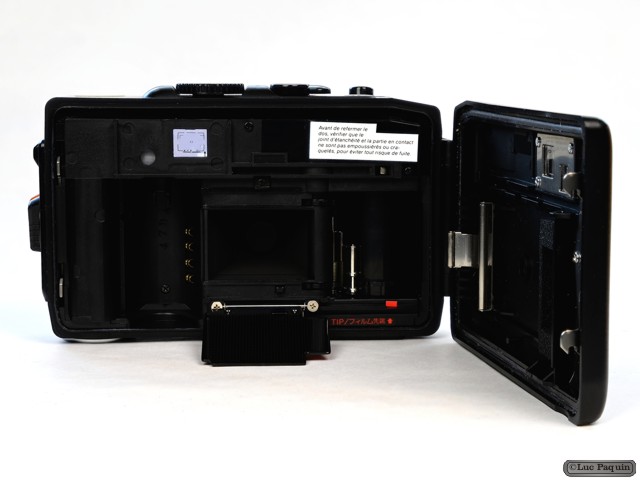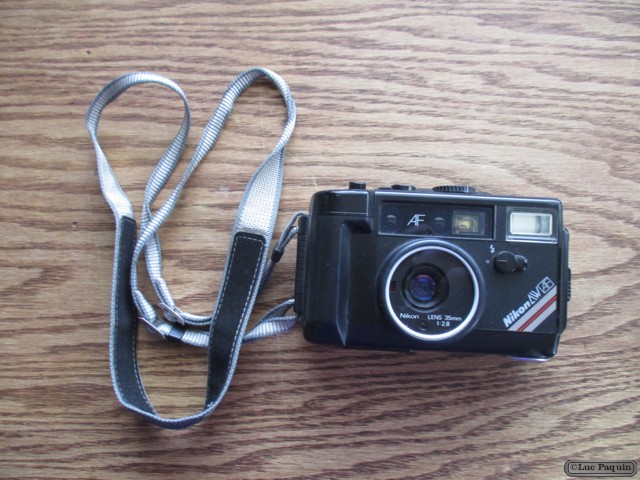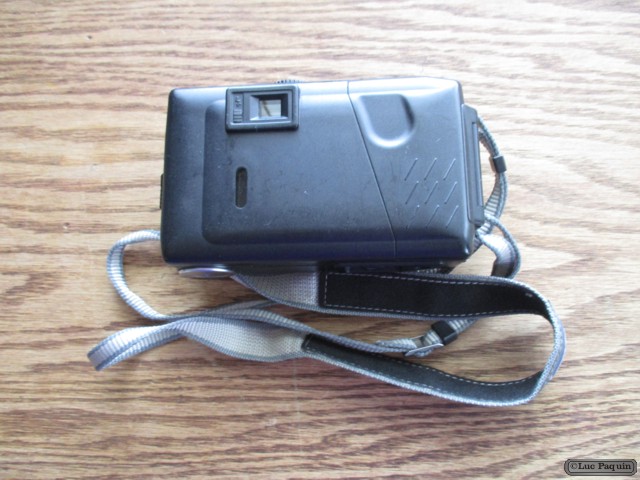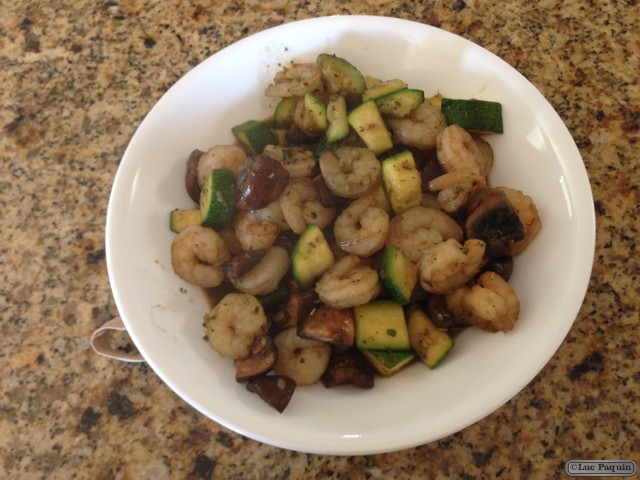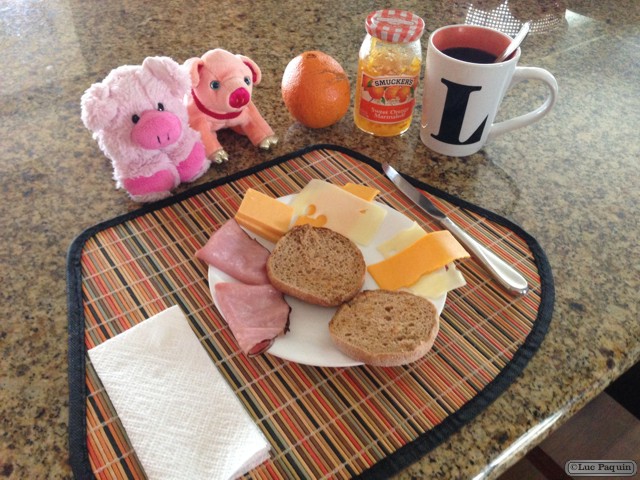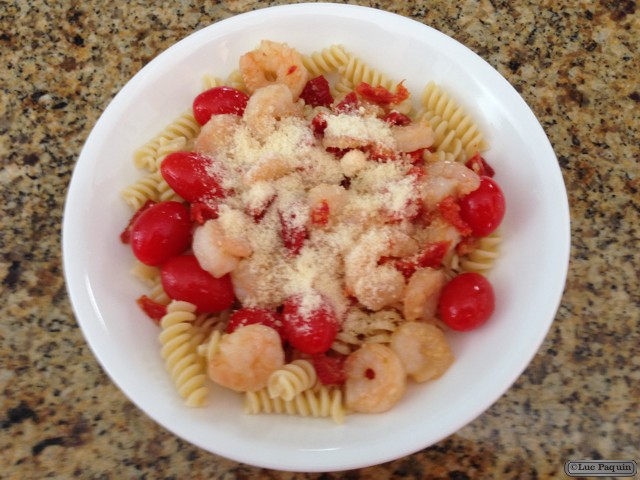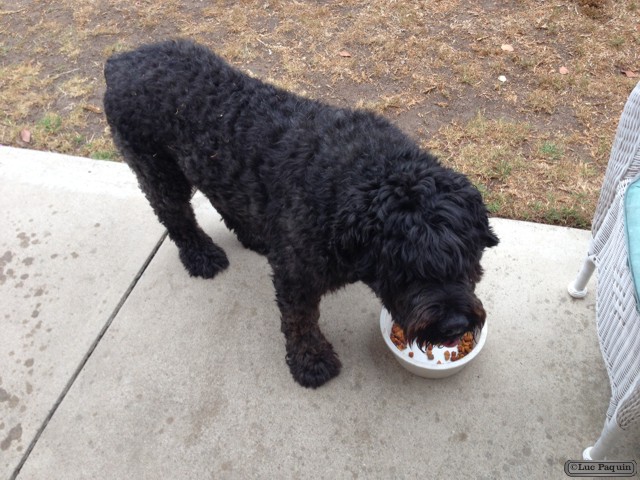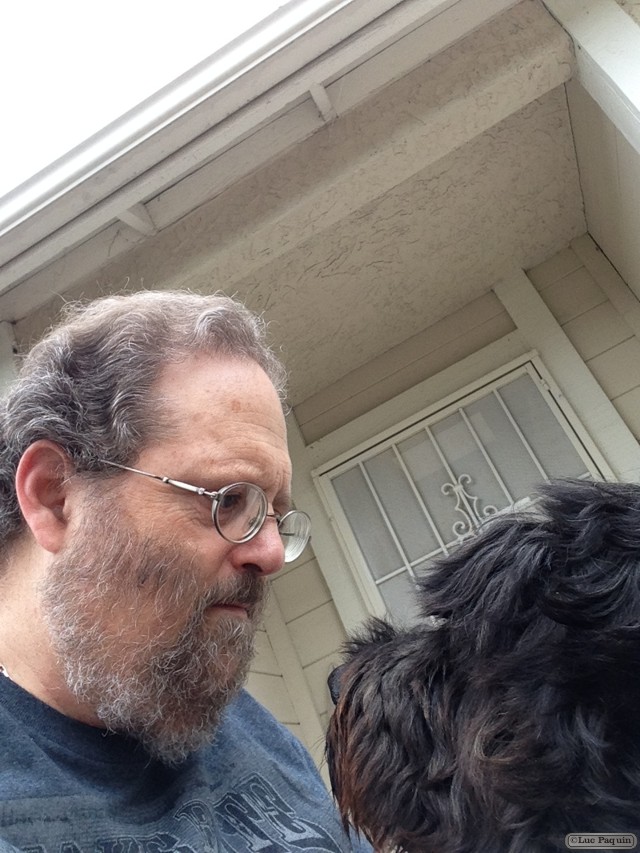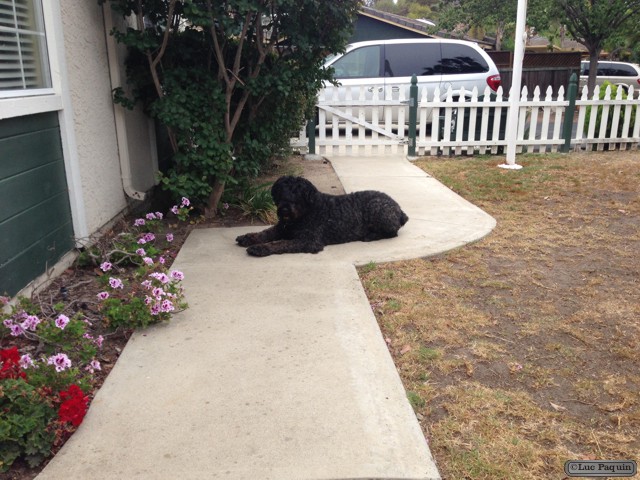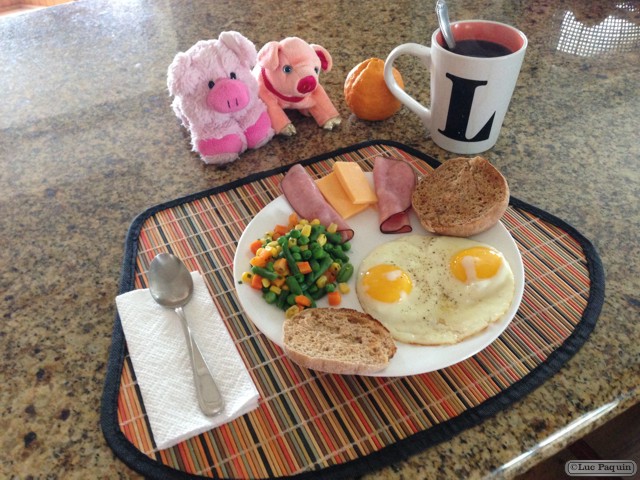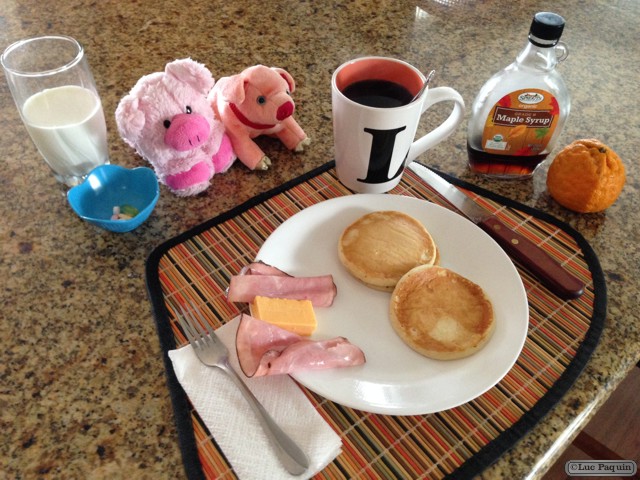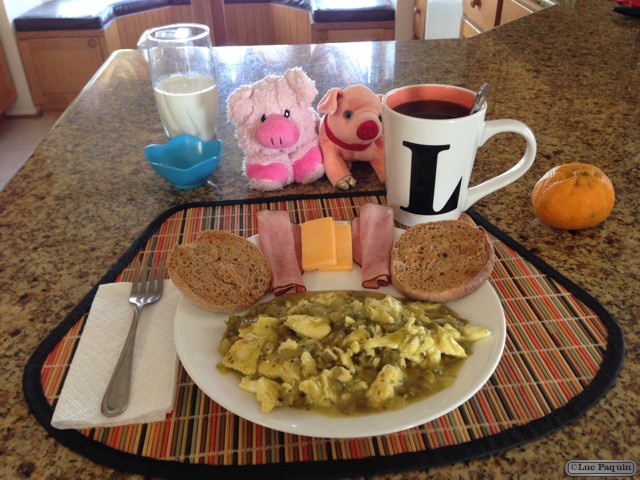LucPaquin
The Nikon L35AWAF (also known as Action-Touch) was a compact camera for 35mm film, introduced as part of the L series, by Nikon in 1986. It was a heavy duty model in various colours that could be submerged in 3m of water. A version with an autodate function was called the L35AWAD.
A masterly stroke by some genius at Nikon Japan has enabled Nikon’s first underwater P&S compact camera to be realized in 1986. This all-weather (AW) Nikon L35AW AF compact has a sleek, colourful & stylish look. Basically, it was a combination in using the popular L35 AF compact with Nikon’s experience in developing underwater cameras to enable this P&S compact to take pictures up to approx. 3m underwater. The focusing on land is autofocus but it has to be operate manually underwater. The lens was the same, Nikon 35mm f/2.8.
- 1. The L35 AW AF is not NOISY. This is because of all the heavy rubber gaskets. The film advance screech is mellowed to a gentle whir.
- 2. Underwater cameras can’t use the auto focus. With this model one can pre-set the focus with the dial on the top.
- 3. The flash doesn’t pop-up unless you want it to. This allows a user to take advantage of the lovely f2.8 aperture and the slowest shutter time of 2 seconds (despite what the manual specs say – which say 1/8 sec).
- 4. And, you can do the opposite, if you like force flashing. Just flip the switch and it’s on no matter how bright it is outside. I used to have to trigger the flash by sticking it inside a bag and take a light reading.
Luc
Year: 2015 (July 3, 2015)
11″ x 8.5″
Media: Canon® Pro Platinum High Gloss Photo Paper
Printers: Canon® PIXMA
Color
Art: Photo
Artist: Luc Paquin
Rocking Horse Ln, Oceanside, CA, USA
Lunch
Mexico
In Mexico, lunch is usually the main meal of the day, and normally take place between 2:00 pm and 4:00 pm. There are usually three or four courses: the first is an entrée of rice, noodles or pasta, but also may include a soup or salad. The second course consists of a main dish called guisado served with one or two side dishes, consisting of refried beans, cooked vegetables, rice or salad. The main dish is accompanied with tortillas or a bread called bolillo. The third time is a combination of a traditional dessert or sweet, café de olla and a digestif. During the meal it is usual to drink aguas frescas, although soft drinks have gained ground in recent years.
Luc
Year: 2015 (July 5, 2015)
11″ x 8.5″
Media: Canon® Pro Platinum High Gloss Photo Paper
Printers: Canon® PIXMA
Color
Art: Photo
Artist: Luc Paquin
Rocking Horse Ln, Oceanside, CA, USA
Breakfast
Mexico
A traditional Mexican breakfast consists of eggs prepared in different ways (like Huevos Rancheros), accompanied by beans with chile and tortillas. Also very traditional, Chilaquiles (pieces of corn tortilla with a cheese and chile sauce) and “entomatadas” (a variation of the spicy enchiladas).
Luc
Year: 2015 (June 25, 2015)
11″ x 8.5″
Media: Canon® Pro Platinum High Gloss Photo Paper
Printers: Canon® PIXMA
Color
Art: Photo
Artist: Luc Paquin
Rocking Horse Ln, Oceanside, CA, USA
Lunch
Lunch is a midday meal of varying size depending on the culture. The origin of the words lunch and luncheon relate to a small meal originally eaten at any time of the day or night, but during the 20th century gradually focused toward a small or mid-sized meal eaten at midday. Lunch is the second meal of the day after breakfast.
Luc
Year: 2015 (July 2, 2015)
11″ x 8.5″
Media: Canon® Pro Platinum High Gloss Photo Paper
Printers: Canon® PIXMA
Color
Art: Photo
Artist: Luc Paquin
Rocking Horse Ln, Oceanside, CA, USA
Breakfast
Effect on Health
Some nutritional experts have long referred to breakfast as the most important meal of the day, citing studies that find that people who skip breakfast are disproportionately likely to have problems with concentration, metabolism, weight, and cardiac health. The nutritionist Monica Reinagel has argued the metabolic benefits have been exaggerated, noting the improvement in cognition has been found among children, but is much less significant among adults. Reinagel also explains that the link between skipping breakfast and increased weight is likely behavioral-compensating with snacks and eating more later-and therefore not inevitable. Some say that skipping breakfast may even lead to diabetes as well as coronary disease.
Luc
Year: 2015 (July 1, 2015)
11″ x 8.5″
Media: Canon® Pro Platinum High Gloss Photo Paper
Printers: Canon® PIXMA
Color
Art: Photo
Artist: Luc Paquin
Rocking Horse Ln, Oceanside, CA, USA
Breakfast
Breakfast foods vary widely from place to place, but often include a carbohydrate such as grains or cereals, fruit, vegetables, a protein food such as eggs, meat or fish, and a beverage such as tea, coffee, milk, or fruit juice. Coffee, milk, tea, juice, breakfast cereals, pancakes, waffles, sausages, French toast, bacon, sweetened breads, fresh fruit, vegetables, eggs, mushrooms, baked beans, muffins, crumpets and toast with butter, margarine, jam or marmalade are common examples of Western breakfast foods, though a large range of preparations and ingredients are associated with breakfast globally.
Luc
Year: 2015 (June 30, 2015)
11″ x 8.5″
Media: Canon® Pro Platinum High Gloss Photo Paper
Printers: Canon® PIXMA
Color
Art: Photo
Artist: Luc Paquin
Rocking Horse Ln, Oceanside, CA, USA
Breakfast
Breakfast is the first meal taken after rising from a night’s sleep, most often eaten in the early morning before undertaking the day’s work. Among English speakers, “breakfast” can be used to refer to this meal or to refer to a meal composed of traditional breakfast foods (such as eggs, porridge and sausage) served at any time of day. The word literally refers to breaking the fasting period of the prior night. It has its origin in the Christian custom of fasting from food between the supper meal of one day and receiving Holy Communion the following morning (such a Eucharistic fast is still observed by Orthodox Christians, but is shortened to one hour before Mass for Roman Catholics). Foregoing the natural craving to eat was seen as an act of self-denial that honors God, while strengthening the religious resolve and faith of the believer.
Luc
